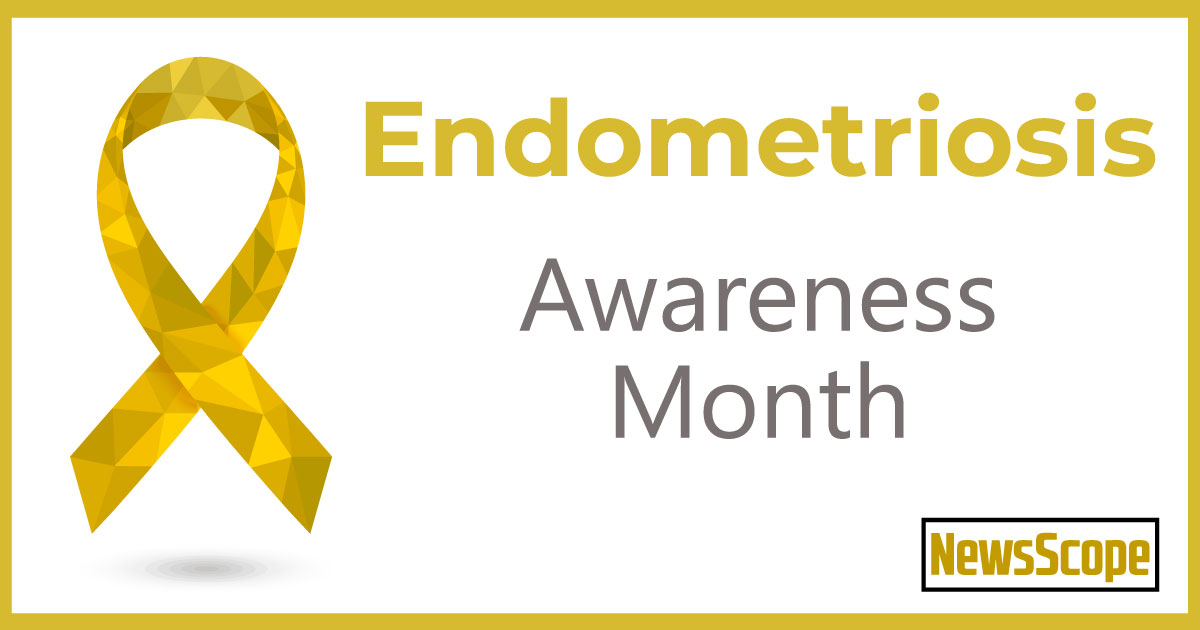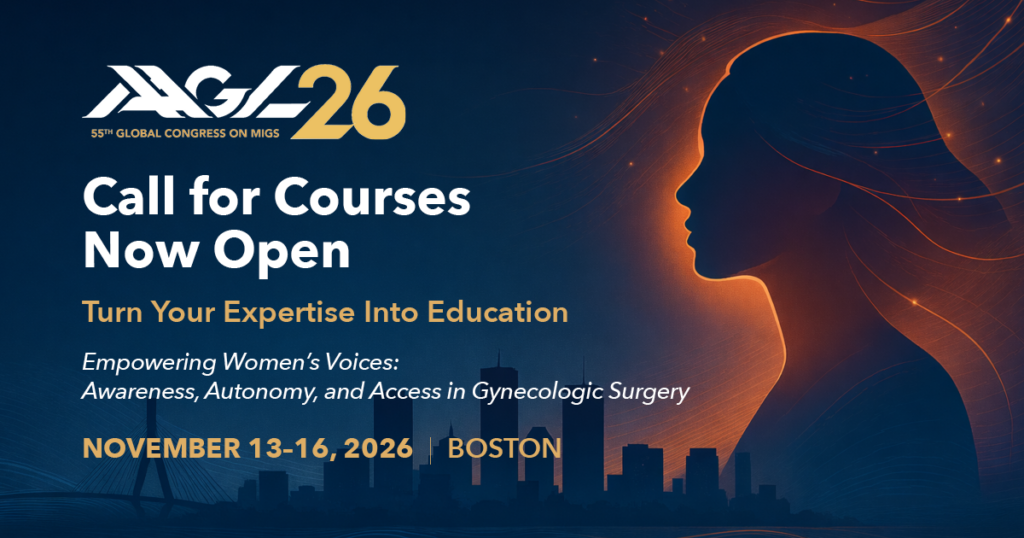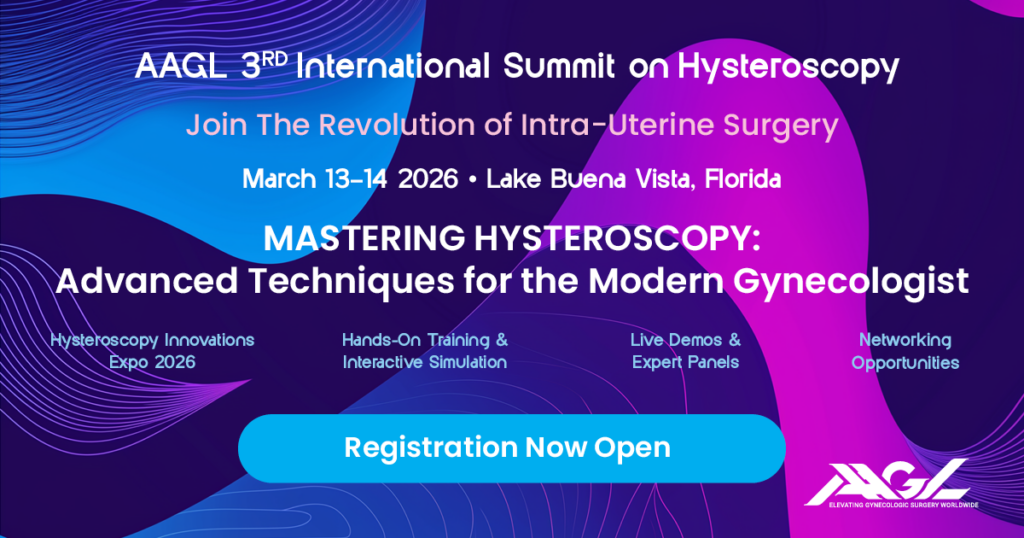Endometriosis: A Call to Action

March is Endometriosis Awareness month. Let’s call it “Endometriosis Action” month. Endometriosis is a complex disease impacting the lives of millions of individuals worldwide. As minimally invasive gynecologists, we have a special call to action: Educating our colleagues.
Many of our physician colleagues, including general surgeons, emergency room providers, cardiothoracic surgeons, pediatricians, and generalist obstetrician-gynecologists have failed our patients in recognizing the gravity of this often terribly debilitating disease.
Time and again, many of us have had the experience of caring for patients with deeply invasive endometriosis of the bowel or thorax who have been treated with procedures to fix an immediate problem without awareness of the remaining disease which then continues to cause debilitation and pain. For example, bowel resection for obstruction without treating an obliterated cul-de-sac and rectovaginal disease invading the vagina, or pleurodesis for catamenial pneumothorax without treating the endometriosis causing the problem. We have also all seen countless patients who have been told they need anti-depressants, yoga, and psychotherapy when the true issue is pain from endometriosis. It is time for more conversations and more engagement in multidisciplinary treatment before our patients lose faith in our care.
What does this collaborative care look like? Pediatricians can learn to recognize the signs of endometriosis and not write off pain causing a teenager to stay home from school and sports as mere menstrual pain. Some of these teens may need further workups and even laparoscopy for diagnosis and treatment. While fertility experts have long recognized endometriosis, we do not fully have consensus on timing of treatment for endometriosis vs. assisted reproductive techniques. Throughout the life cycle, issues such as IBS, celiac disease, and even thyroiditis carry a statistically documented association with endometriosis. When these conditions are present in the setting of severe dysmenorrhea we need to pay attention. Some of our radiologists, especially in the US, may need further exposure on how endometriosis (and adenomyosis) may appear on ultrasound and MRI. We have all the tools. We need to deepen the conversation.
We collectively have challenges ahead. Diagnosing endometriosis remains delayed and sometimes difficult. Greater awareness among providers may help. Indeed, ongoing research to find non-invasive ways to confirm the presence of endometriosis remains a goal. We need to train more providers in the skills needed for excision when deep surgical anatomy is involved. We need to educate ourselves and colleagues on the compassion necessary to treat the profound emotional and societal impact this disease has on our patients.
Let’s begin to widen the conversation to address the full scope of this multifaceted problem facing at least 10% of those born female. This requires collaboration and a multidisciplinary approach. We can open the door for increased awareness, improved surgical education, earlier diagnosis, and more streamlined access to treatment. By addressing these challenges, we can reduce the burden on society and improve the lives of the many individuals living with endometriosis.






